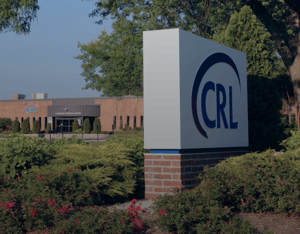There are many articles that can help answer the question of applicant hemoglobin A1c values, including this study from CRL: Relationship of Hemoglobin A1c to Mortality in Nonsmoking Insurance Applicants. However, these articles failed to exclude those with proteinuria (or albuminuria). It turns out that is an important distinction because many diabetic applicants have some degree of proteinuria/albuminuria and have higher mortality risk, thus inflating the risk for those who do not have diabetes.
When we repeated our risk study in diabetic insurance applicants splitting by proteinuria, we found that when the HbA1c was in the 7 to 7.9% range, 14%+ of applicants had proteinuria defined by a p/c ratio 0.11 mg/mg creatinine or higher (or microalbuminuria). If the HbA1c was 8% or higher, over 20% of applicants had this level of proteinuria or albuminuria. Relative to those without proteinuria and having similar HbA1c, the mortality risk for those with a p/c ratio 0.11 to 0.20 mg/mg was doubled and for those above 0.20 mg/mg, it was tripled. The data in this study can be found here: Evaluating the Risk of Renal Disease Using Urine Proteinuria or Urine Albuminuria in the Applicant with HbA1c Elevation.
The remaining 80%+ of applicants with elevated HbA1c without proteinuria have a relative risk of only 125% (HbA1c 6–6.9%) to 160% (HbA1c 8 to 9.9%) of applicants with HbA1c <6.0%. These risks are likely lower than the HbA1c guidelines in your underwriting manual which are probably based on risk studies done which included diabetics with proteinuria. When the p/c ratio is <0.11 mg/mg or a screening/reflexive urine albumin (microalbumin) is negative, these lower mortality ratios should be representative of what you will see for fully underwritten individual life applicants.
Take advantage of the laboratory information you already have and the linked CRL studies of life applicants (shown above) to make more attractive offers to a substantial portion of your applicant pool age 50 up with elevated HbA1c but without proteinuria/albuminuria.
About the Author
Michael Fulks, MD, Consulting Medical Director, is board-certified in internal and insurance medicine. After leaving practice, he served as a medical director, creating or editing several underwriting manuals and preferred programs. For the past 13 years, Dr. Fulks has consulted for CRL, participating in its mortality research on individual tests and all laboratory test results, BP and build in combination. He is also involved in the development and implementation of automated screening tools for non-laboratory data.






